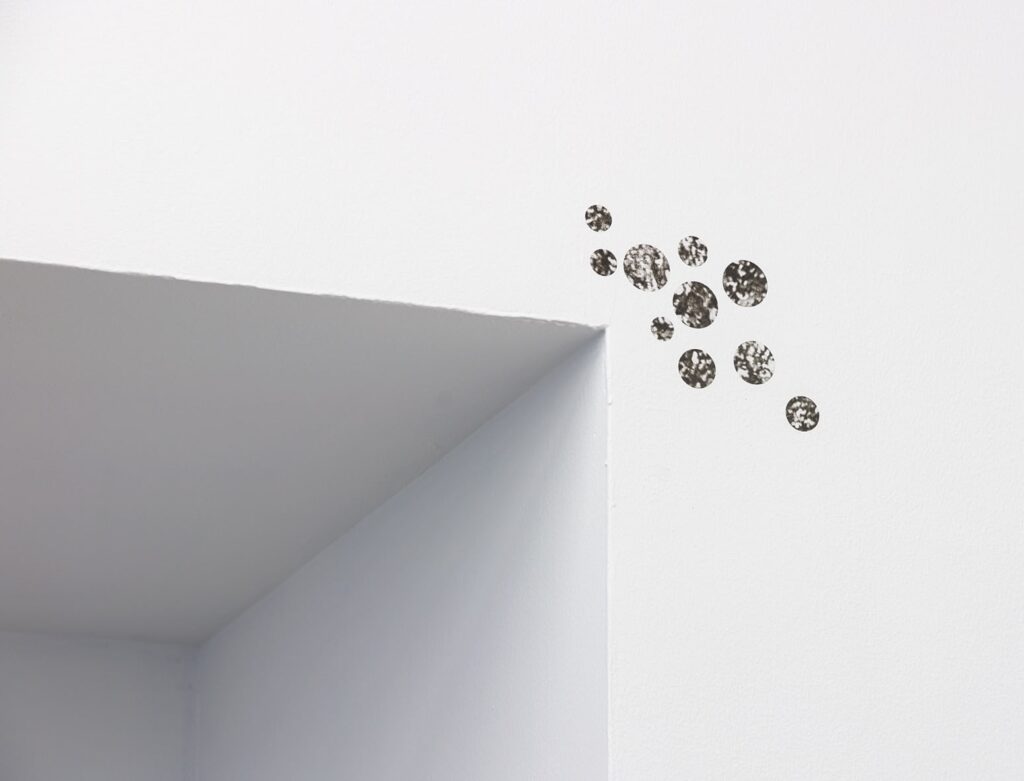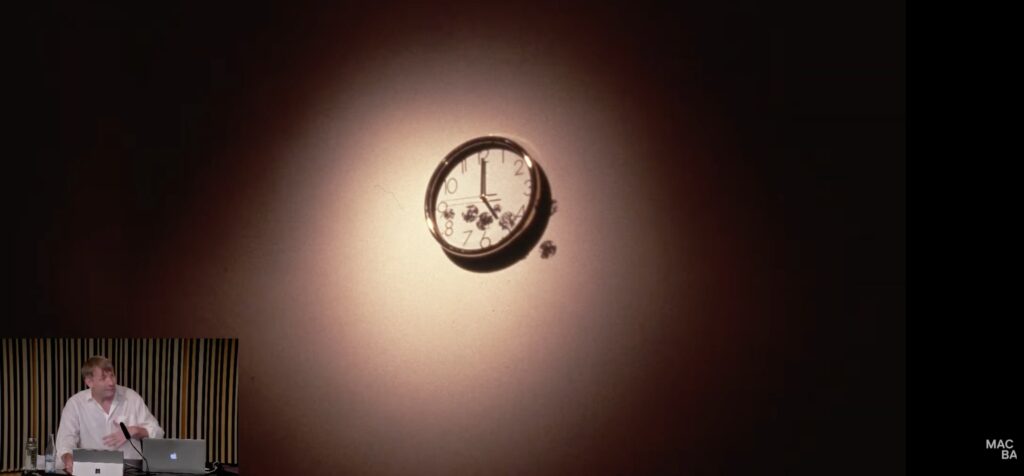On June 16, 2021, Pablo Martinez, the head of programming at MACBA, the Museu d’Art Contemporani de Barcelona, gave a talk about Felix Gonzalez-Torres’ use of the motif of crowds in his work. In a socially distanced auditorium still wary of crowds and the threat of viral contagion they posed, Martinez presented key early works by Gonzalez-Torres where crowds alluded to the protests and epidemic fears of the AIDS crisis. With callbacks to Baudelaire, Benjamin and Barthes, crowds also embodied the dualities of community and alienation, catalyzing liberation and identity as often as they dissolved the self into anonymity.
Martinez spoke as part of “The Performance of Politics,” a one-day conference on Felix’s approach to identity politics: “Felix Gonzalez-Torres deliberately sought to stand outside any identity essentialism and, on the contrary, to activate various strategies of disidentification, as José Esteban Muñoz put it, in response to the state apparatuses that employ racial, sexual and national subjugation systems through protocols of violence and exclusion.” [All the talks are available on YouTube, which is pronounced youtubae in Spanish.] Which was part of an exhibition, “Felix Gonzalez-Torres: The Politics of Relation,” curated by Tanya Barson, that examined the artist’s work in the context of the Latin world.

Felix used tightly cropped details of photographs of crowds taken from the media—mostly The NY Times—on a series of paintings, dishes, collages, and puzzles. A 1987 edition known as “Double Fear“ consisted of rub-on transfers of a constellation of circular pictures that evoked views through a telescope or a microscope. Usually installed on a wall above a doorway, it has always been as hard to read “Double Fear” in person as it is in wider installation shots, so it was only recently that I realized what these almost abstract pictures are: details of crowds overlaid with microphotographs of the HIV virus.

“Double Fear” was first exhibited as we know it in 1988. But Martinez discussed an earlier incarnation, which Felix included in “The Workspace,” his crucial 1987 exhibit at the New Museum [where he also showed “Forbidden Colors” for the first time.] “Untitled” (1987) was a lone clock with a “Double Fear”-like arrangemetn of rub-on transfers stretching across its face and the adjacent wall. Originally conceived as an edition of 3, “Untitled” was recorded in the artist’s CR as Non-Work no. III. But as Martinez discussed, it may have also been considered destroyed. There was no way to unrub or untransfer the pieces from the wall.
This fascinating and complicated early history, where so many motifs that would one day be iconically Felix were intertwined and taking shape, made the appearance this week of an example of “Double Fear” at auction all the more tantalizing. And from the collection of Rosa de la Cruz, no less.
Andrea Rosen gave Rosa ed. 17/20 of “Double Fear” in 1998. Yet the de la Cruz’s private museum is not listed once in the exhibition history. And every one of the work’s 14 appearances are listed as “another example exhibited.” But as the Christie’s specialist confirmed, this is exactly why it’s available for sale at all—because it’s literally a sheet of rub-on transfer decal paper that has never been installed.
When “Double Fear” was shown in 1988, it carried the finitude of that destroyed clock with it. Each example of the edition of 20 could be installed only once, and that was it. In this regard it presaged, on a tiny scale, the “Untitled” (Billboard for Parkett) edition. This one-and-done dynamic means that, like most of those billboards, “Double Fear” sheets sit in storage, unrealized, in an unrubbed state of limbo, or potential.
Even the greatest Gonzalez-Torres collectors of all didn’t—or couldn’t—commit, not in 26 years. Not in their house, their private gallery at their house, or in their whole-ass private museum. And so it waited. For what? The perfect wall? Its forever home? Or just a chance to cash it out?
Maybe someone out there will have the vision and guts, not just to buy “Double Fear” this week, but to install it.
[week after update: Maybe the bidding crowd was not into it? But maybe the post-auction lowballing crowd will be?]
27 Feb 2025, Lot 309: Felix Gonzalez-Torres, “Double Fear”, 1987, est. $20-30k [christies]
